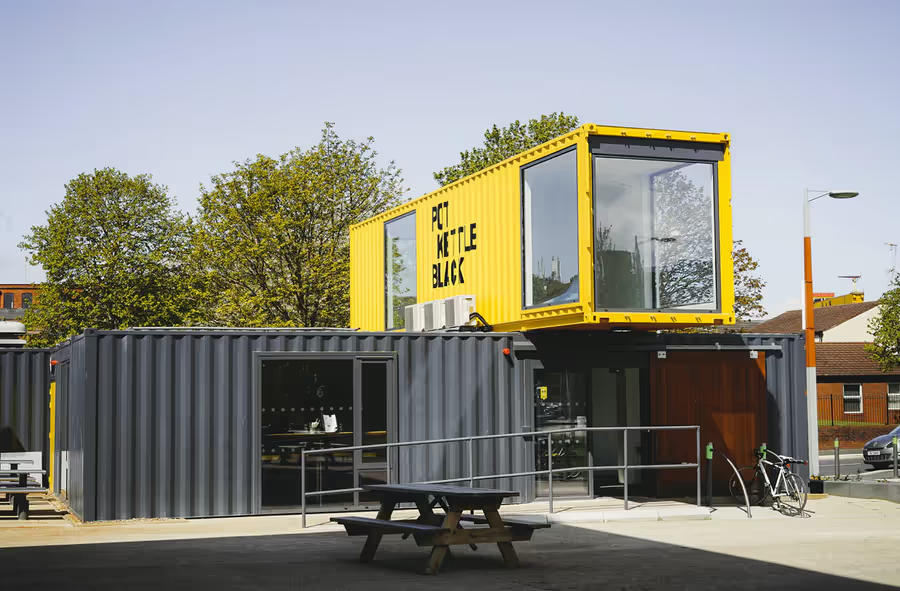
As I’ve been building and shipping more and more docker images, I’ve realized that while it’s easy to get up and going, it can require quite a bit of work to get a “good” docker container setup.
Things you can do for a better docker container can include:
- Create separate docker images for production, and development
- production image: slimmed down version of dev, don’t volume mount unless necessary
- dev image: full-fat version of dev that runs any development/live-reload services.
- Experiment with different base images
- just, don’t use the
:latesttag in your base image, ever. - experiment with Debian alternatives like
alpine,buster, andslim
- just, don’t use the
- Limit access by running the app as a non-root user
- Multistage builds to save build time
- Use docker-compose as a default
- run commands via the docker-compose config to save time.
A starting point…
To make this a bit easier to discuss, we’re going to start with a very basic dockerfile example that is good enough to get you up and going but has lots of room for improvement.
FROM ubuntu:latest
# install os dependencies
RUN apt-get update && apt-get install
RUN apt-get python3 python3-dev python3-pip
RUN apt-get clean && rm -rf /var/lib/apt/lists/*
# mount application code
WORKDIR /app
COPY my-app my-app
# install app dependencies
RUN pip3 install -r requirements.txt
# run the application
EXPOSE 8080
CMD ["python3", "-m", "my-app:start_app()"]
okay, so what are the pain points with the approach above?
- A re-build is required whenever code changes are made
- Builds take ~3-5 minutes, docker’s caching layers are working against us.
- the image is pretty big (~450MB)
Experiment with different base images
There are a few issues with the base image we use in the dockerfile above.
- we use a full-fat ubuntu image which brings along the way too many dependencies, and in turn size (~450MB)
- we’re depending on ubuntu’s package manager to install the core language dependencies.
- we use the
:latesttag which means that builds use ephemeral ubuntu releases, one day our build can be based on version x, and the next it can be on version y (which breaks something).
We can fix these three points by:
- use a language-specific image (i.e the Python base image)
- point 2 is also solved by point 1
- use a specific version of the image that you’ve tested and validated.
Let’s see what that looks like in the updated image:
FROM python:3.8-slim-buster
# update dependencies
RUN apt-get update && apt-get -y upgrade
RUN apt-get clean && rm -rf /var/lib/apt/lists/*
# mount application code
WORKDIR /app
COPY my-app my-app
# install app dependencies
RUN pip3 install -r requirements.txt
# run the application
EXPOSE 8080
CMD ["python3", "-m", "my-app:start_app()"]
Awesome, this brought the size of our base image down from 450MB -> 45MB! That’s a lot of saved space for other important things, like your node_modules folder 😉
Limit access by running the app as a non-root user
information goes here
Multistage builds to save build time
A lot of the time, you need builders
Use docker-compose as a default
Instead of having to remember the long and sometimes complicated docker run commands you’d have to run in the terminal, you can just use a docker-compose.yml file to store your config.
This also makes it really easy to spin up “accompanying” containers for dev/testing (e.g. a PostgreSQL DB, Redis Cache, etc.)
Containers for production and development
This is mostly a developer experience improvement, but it can actually improve your deploy experience, especially if you heavily use volumes for live reloads in development.